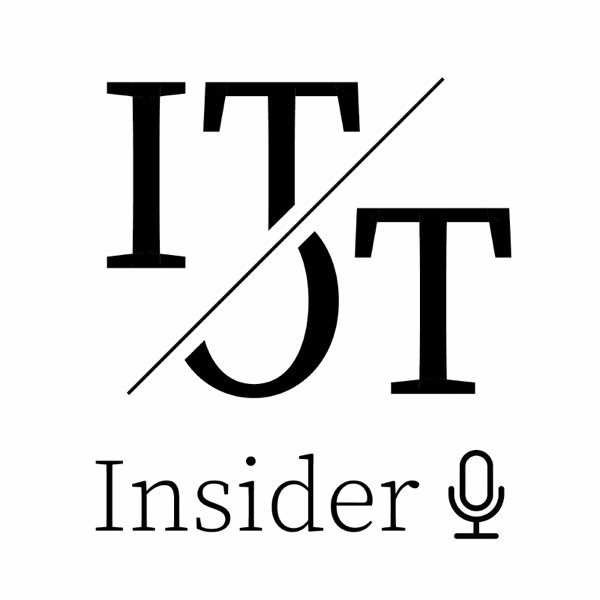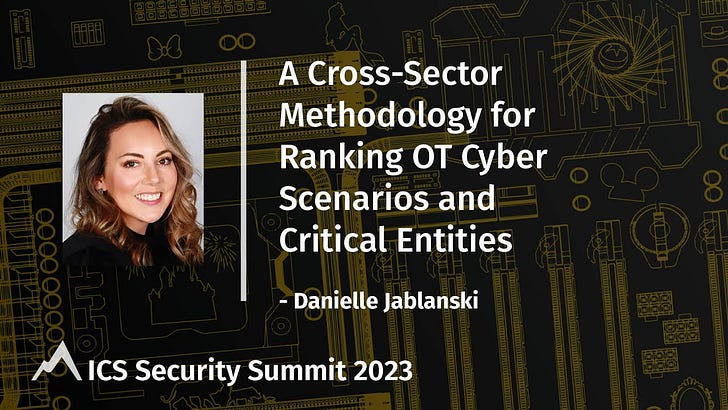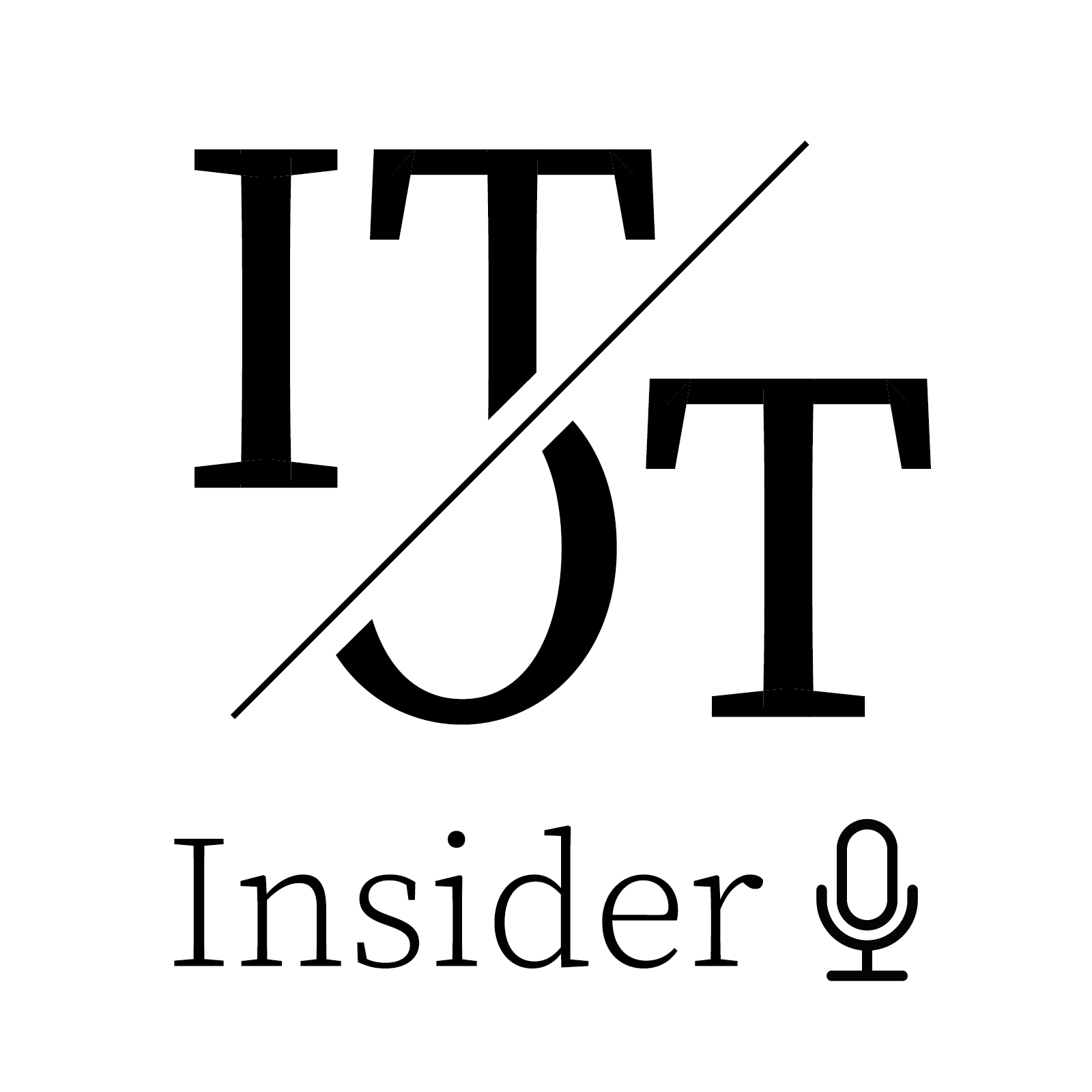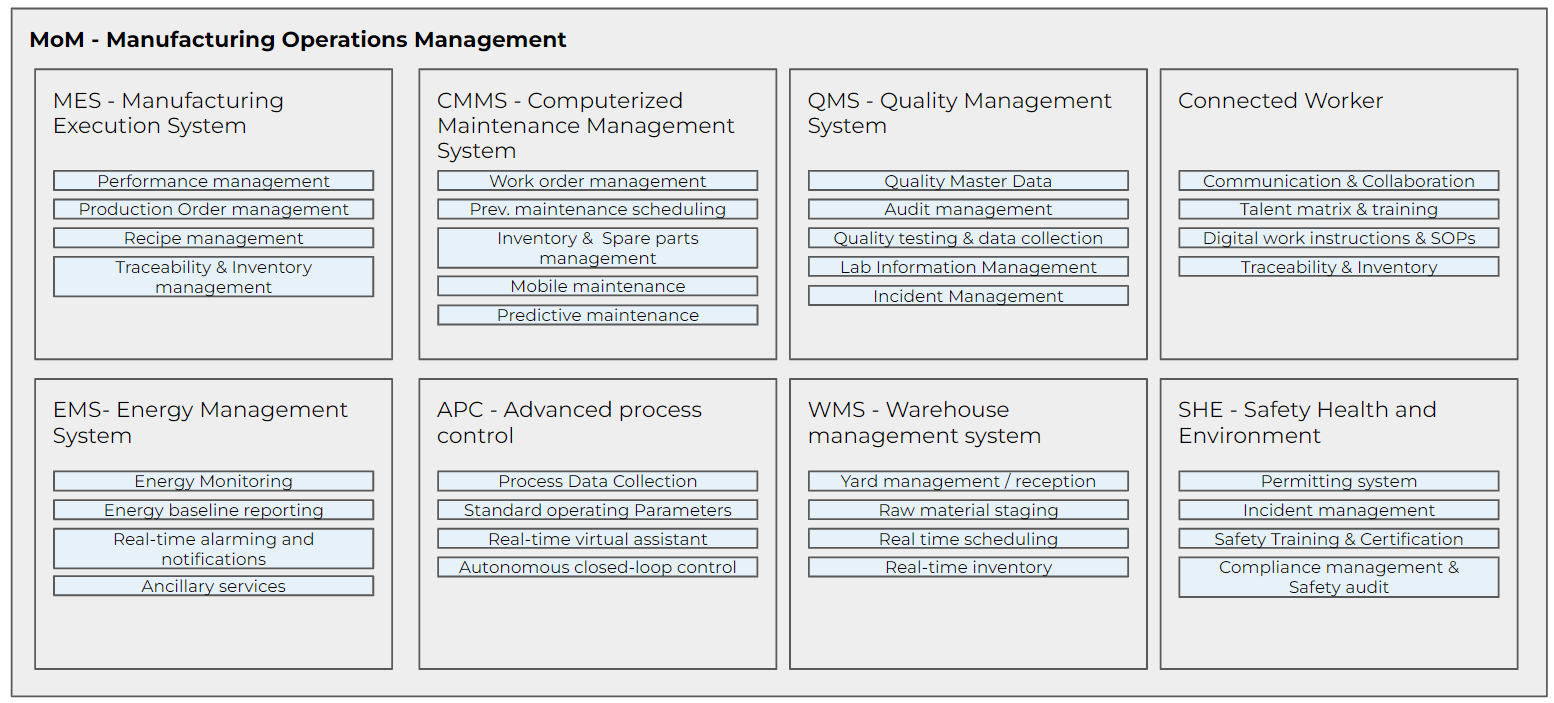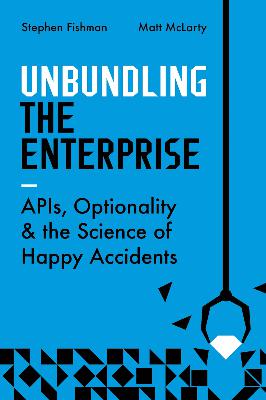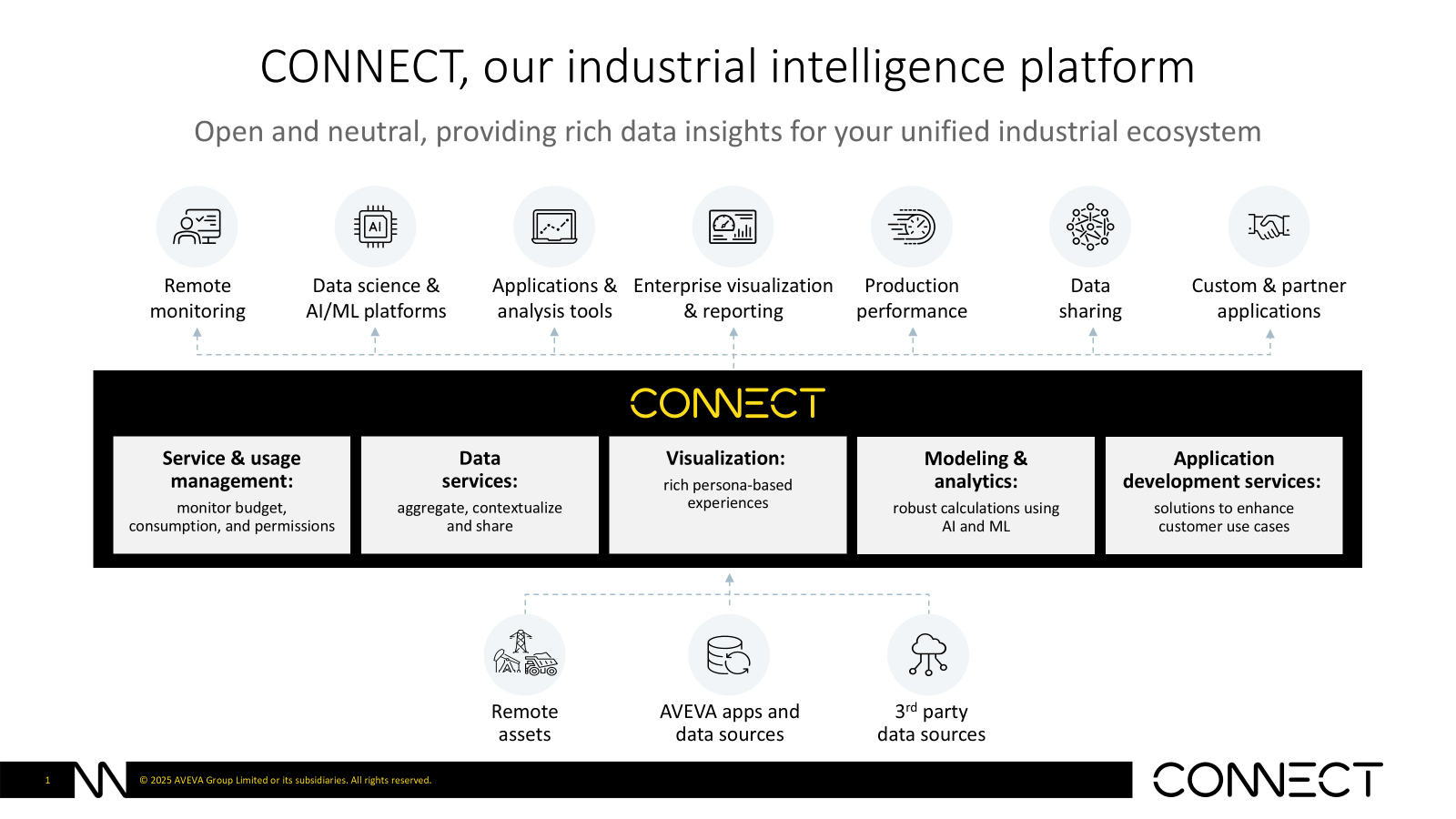MQTT vs OPC UA with Kudzai Manditereza
Description
When we talk about industrial connectivity, two names always come up: OPC UA and MQTT. They’re often mentioned in the same breath, as if they’re competitors. But as Kudzai Manditereza reminded us in our conversation, that’s a bit of a misconception. These protocols solve different problems, and understanding their history helps explain why they’re both so important today.
OPC UA: From Printer Drivers to Industrial Standards
The story of OPC goes back to the 1990s. At the time, every automation vendor shipped their own drivers, making integration a nightmare. The OPC Foundation stepped in to create a standardized interface — inspired, of all things, by Microsoft’s printer driver model. Just as Windows could talk to any printer through a standard interface, OPC offered a way for SCADA systems and historians to talk to PLCs without custom drivers.
Thanks for reading The IT/OT Insider! Subscribe for free to receive our weekly articles directly in your mailbox!
The first generation, known as OPC Classic (DA/HDA), was Windows-only and limited in scope. It solved the immediate problem but couldn’t handle the growing complexity of industrial data. Enter OPC UA (Unified Architecture): cross-platform, internet-capable, and built with powerful information modeling.
This is where OPC really shines. As Kudzai put it:
“The shop floor is full of objects — pumps, compressors, machines. OPC UA lets you model those objects, not just pass around raw tags.”
That means a machine builder can ship a unit with a pre-built OPC UA information model, ready for plug-and-play integration.
The OPC Foundation even created companion specifications for different industries, so a compressor in Germany “speaks” the same OPC language as a compressor in the US. No more reinventing interfaces for every project.
MQTT: Born in the Oil Fields, Adopted by the Internet
If OPC UA came from printer drivers, MQTT came from oil pipelines (well… actually from the even older pub-sub newsgroups back when the internet was still something really special).
In 1999, IBM engineers developed MQTT to monitor pipelines over unreliable, low-bandwidth satellite links. The key innovation was the publish/subscribe model: instead of clients constantly polling servers for updates, devices publish data to a central broker, and anyone interested can subscribe.
This lightweight, bandwidth-efficient design made MQTT perfect for remote monitoring. But it didn’t stay confined to industry. In fact, one of its biggest early adopters was Facebook, who used MQTT in their Messenger platform. By the 2010s, MQTT had made its way back to industry, now riding the wave of IIoT and event-driven architectures.
As Kudzai explained:
“MQTT doesn’t tell you how to model your data. It’s a transport protocol. But its hierarchical topic structure maps naturally to concepts like the Unified Namespace (UNS).”
Think of it like a Google Drive folder structure: data is organized into topics, and anyone can subscribe to the parts they care about.
OPC UA vs MQTT: Different Tools, Different Jobs
So should you pick OPC UA or MQTT? The answer is: both, but for different layers.
* OPC UA excels close to the machines (Levels 0–2 in the Purdue Model). It provides a rich, standardized way to model and expose machine data. Perfect for SCADA, DCS, and local control.
* MQTT shines at higher levels (L3/DMZ and above). It’s ideal for integrating thousands of devices into enterprise systems, feeding data lakes, or enabling event-driven architectures. And of course also for IIoT devices spread around the world!
As Kudzai put it:
“You’ll never control a pump with MQTT. But if you want to share events across your enterprise (machine status, recipes, quality data,…) MQTT is a great fit.”
And that’s an important distinction. OPC UA is about structured access to objects. MQTT is about lightweight distribution of events. They don’t replace each other — they complement each other.
Closing Thoughts
Industrial connectivity isn’t about choosing one protocol over the other. It’s about using the right tool for the job. OPC UA and MQTT are part of the same toolbox — and when used together, they unlock scalable, reusable, event-driven architectures that finally let IT and OT speak the same language.
As Kudzai summed it up:
“The ability to reuse data is a huge factor. Once you stop thinking point-to-point and start thinking platform, that’s when scale happens.”
… And we couldn't agree more!
Also, take a look what HiveMQ has to offer:
Stay Tuned for More!
Subscribe to our podcast and blog to stay updated on the latest trends in Industrial Data, AI, and IT/OT convergence.
🚀 See you in the next episode!
Youtube: https://www.youtube.com/@TheITOTInsider Apple Podcasts:
Spotify Podcasts:
Disclaimer: The views and opinions expressed in this interview are those of the interviewee and do not necessarily reflect the official policy or position of The IT/OT Insider. This content is provided for informational purposes only and should not be seen as an endorsement by The IT/OT Insider of any products, services, or strategies discussed. We encourage our readers and listeners to consider the information presented and make their own informed decisions.
This is a public episode. If you would like to discuss this with other subscribers or get access to bonus episodes, visit itotinsider.substack.com

